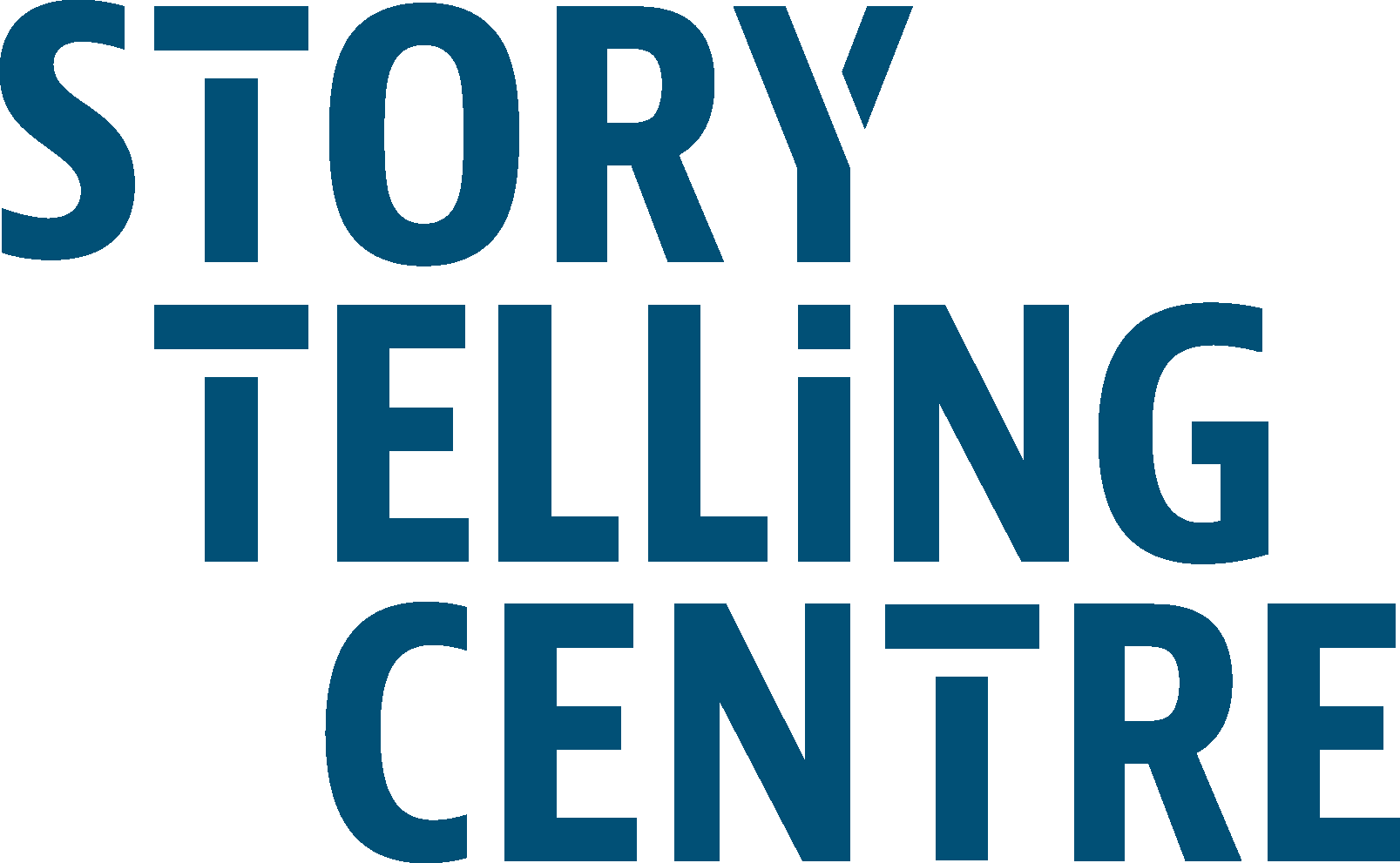Theatre about LGBT+: The Man Who Danced Alone
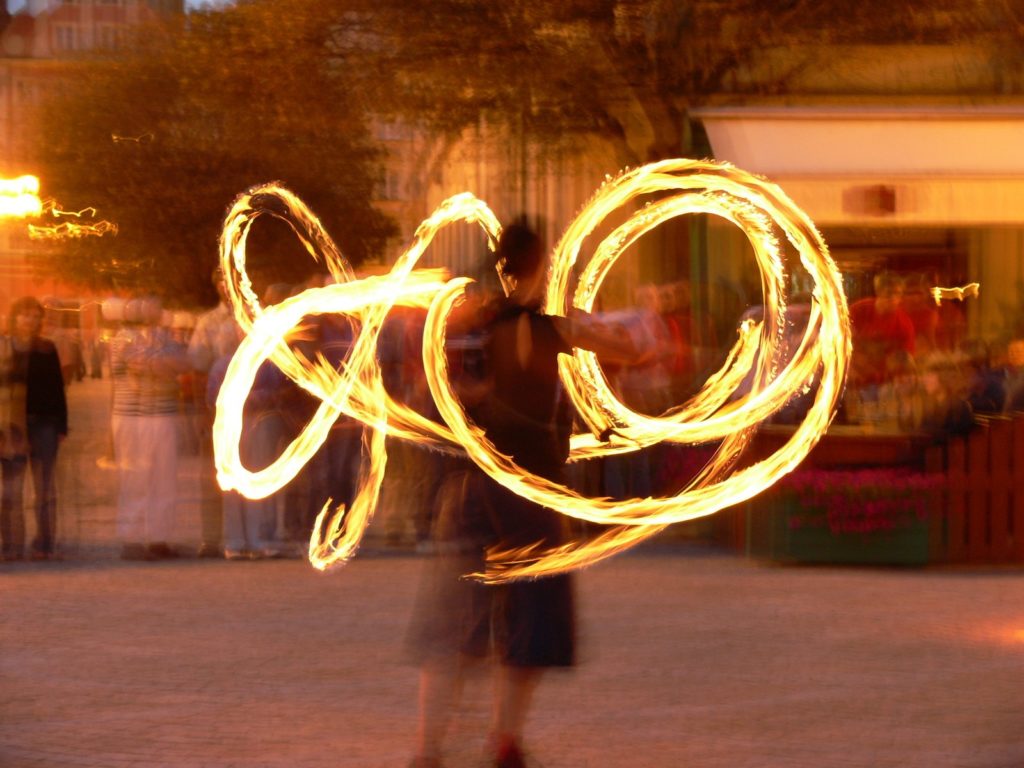
The Man Who Danced Alone What is it like to live as an openly gay person in Casablanca? The LGBT + community is a target group that unfortunately does not always experience a sense of social safety. That is certainly true in Morocco. We wanted to make the life of this community in Morocco visible. […]
LGBT +: Ample room for diversity
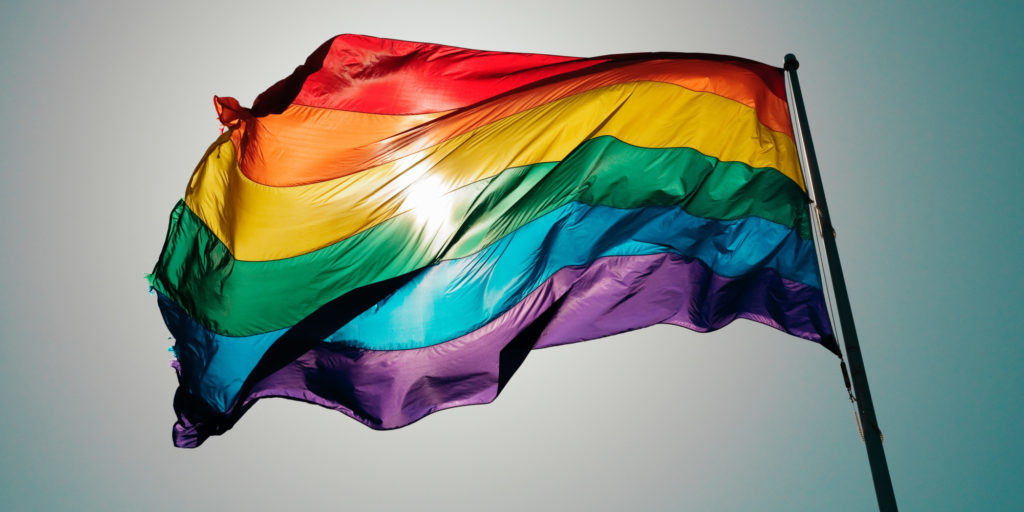
Ample room for diversity To promote social safety and acceptance of the LGBT+ community in Amsterdam, we believe it is important to also hear the stories from their immediate surroundings. So that family, friends and acquaintances feel that their opinion is allright. The latter often creates room for more understanding. Awareness in the surrroundings In […]
Workshops in Shefa’amr- identity in conflict zones
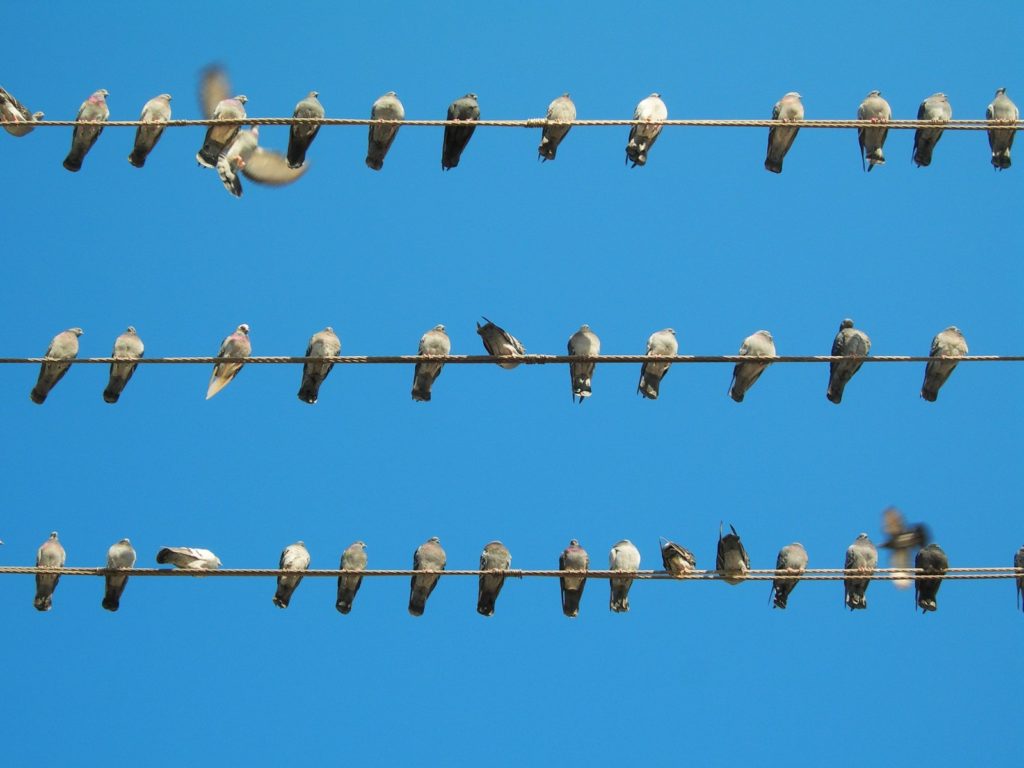
Workshops in Shefa’amr Who are you when you grow up in a conflict zone? Can you be sure of and proud of your identity when you are constantly suppressed and your story is not allowed? Just like young people all over the world, many Palestinians sometimes forget what their stories from the past are. We […]
Next to Normal: Palestinian Stories Untold

Next to Normal: Palestinian Stories Untold Palestine is constantly in the news. We see young people throwing stones, mothers crying, rockets and traumatised children. But do we know what really concerns young Palestinians? What makes them happy, what are their worries? Who are their heroes? What are their stories? Theatre as a contribution to connection […]
Picture Your Story: Embrace Identity

Picture Your Story Conflicts between young people from different backgrounds and fear of the “other” is a common problem throughout the European Union. Because the situation in some EU Member States is quite tense, for example due to the arrival of refugees, we developed a storytelling project for several countries within Europe. A new method […]
To school! for intergenerational connection
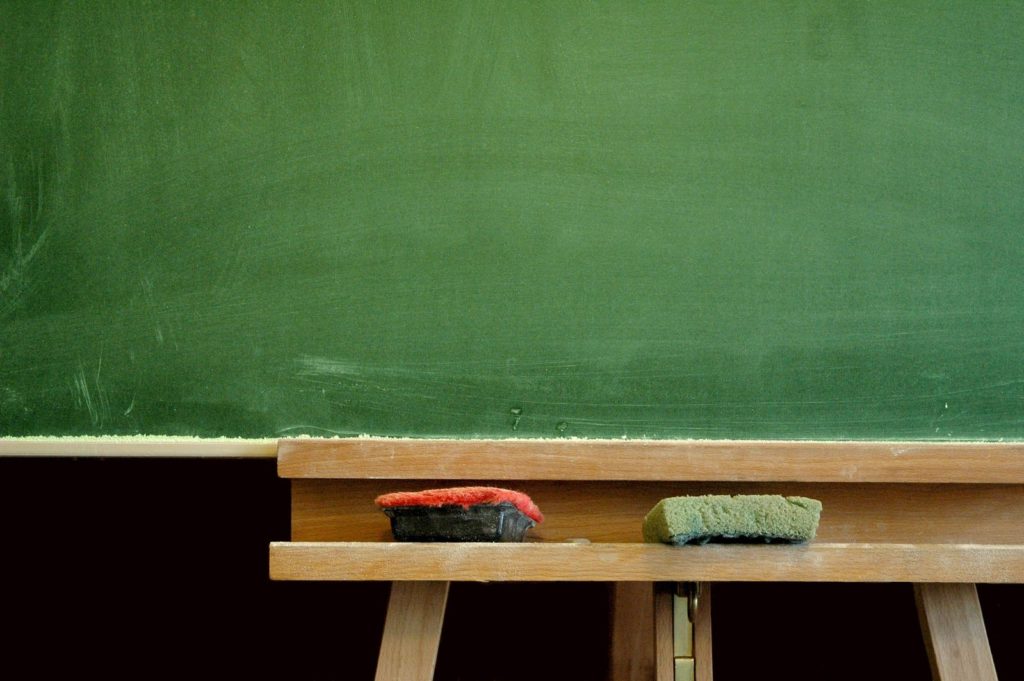
To School! The project To school! is an intergenerational project that originated in the context of art participation by the elderly. And how better to do that than through memories of (elementary) school days? Thinking back to this time yields beautiful and personal stories that at the same time paint a picture of the times. […]
Building bridges in Palestina: strenghtening identity
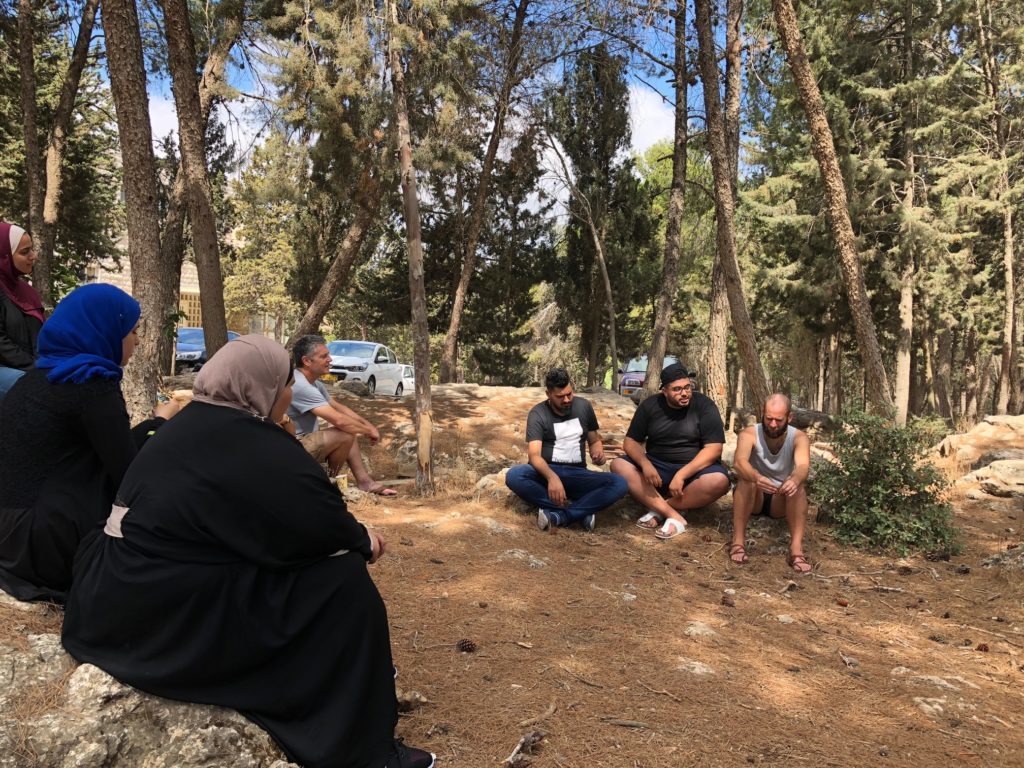
Building Bridges in Palestina We experienced the power of stories during a storytelling training in Palestine and Israel. People were reinforced and got a clearer picture of their identity. Because of that they were better able to enter into dialogue. As a result, we set up a two-year program for young people to use storytelling […]
About identity: Moroc(c)ans don’t cry – theatre
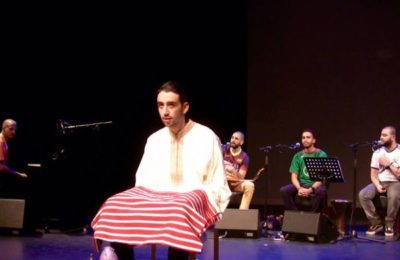
Moroc(c)ans don’t cry Many young people with a dual identity do not feel at home in the Netherlands, nor in their country of origin. They struggle with their biculturalism and with the image that society paints of them. They are asked to adapt to society, but do they get the chance to do so? Moroccan, […]
Share to Connect: Using storytelling for Youth work

Share to Connect: Using storytelling for Youth work Storytelling is increasingly being used as a tool to initiate communicative, social and intercultural processes among young people. That is because storytelling is about the storyteller as well as the listener and therefore brings connection. In order to achieve that connection worldwide, we regularly pass on our […]
Young meets old: Listening without prejudice
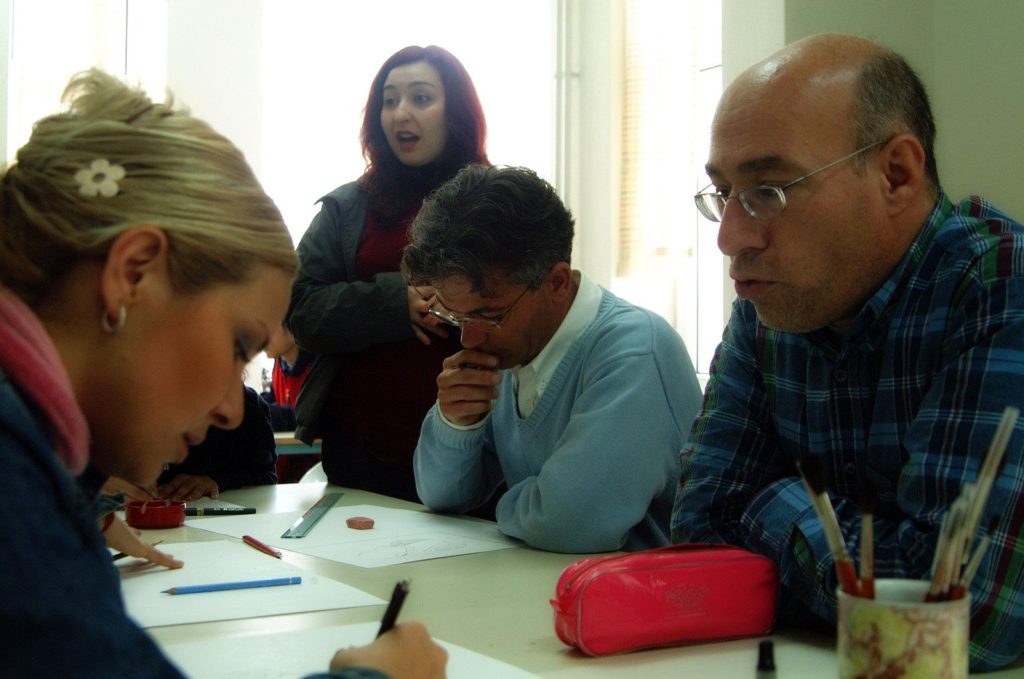
Young meets old How do people see each other when they work on their own story and then share it in a recorded way? Without seeing each other and only hearing each other’s stories, images about the “other” are formed differently. This is what we worked with in Jong ontmoet Oud (Young meets Old) part […]
